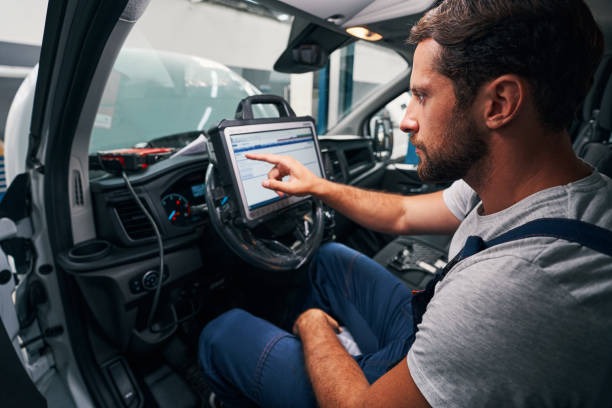The landscape of medical transport is undergoing a transformative shift, driven by technological advancements and an increasing demand for efficiency. As we look toward the future, it is evident that medical transport will become faster, safer, and smarter, fundamentally altering how patients receive urgent care.
One of the most significant changes on the horizon is the integration of drone technology into medical logistics. Drones offer a rapid response solution to emergencies in remote or congested areas where traditional ambulances may struggle to reach quickly. Equipped with advanced navigation systems and capable of carrying essential medical supplies like defibrillators or blood samples, drones can drastically reduce response times. This innovation not only enhances speed but also ensures that critical interventions are administered promptly, potentially saving countless lives.
In addition to drones, autonomous vehicles are set to revolutionize ground transportation in healthcare. Self-driving ambulances equipped with state-of-get the details-art communication tools can maintain constant contact with hospitals en route. These vehicles ensure that emergency responders have real-time data about traffic conditions and patient vitals while en route to healthcare facilities. The automation aspect reduces human error risks associated with driving under stress or fatigue while allowing paramedics to focus entirely on patient care during transit.
Safety enhancements are another crucial aspect shaping the future of medical transport. Advanced telemedicine capabilities enable paramedics and first responders to consult specialists remotely during transit via high-definition video calls and secure data transmission channels. This connectivity allows for more informed decision-making when every second counts.
Furthermore, wearable technology plays a pivotal role in enhancing safety measures within medical transport scenarios. Devices monitoring vital signs can alert both onboard personnel and hospital staff about any sudden changes in a patient’s condition even before arrival at emergency rooms—allowing preparations for immediate intervention upon entry.




